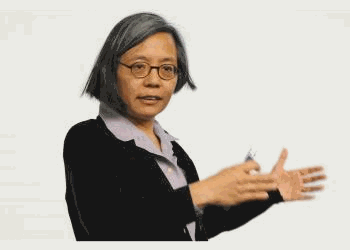When an electron is propelled out of an atom’s innermost orbital, the hole the departing electron leaves usually is filled within a few micro-billionths of a second by a different electron moving in from a higher orbital. But is there a way to force the original electron back where it came from, making the atom immune to such electron rearrangements?
That’s what researchers using SLAC’s Linac Coherent Light Source wanted to know. So, in only the fifth experiment conducted at the LCLS, they tuned the new x-ray free-electron laser to the exact resonance between the inner and outer orbitals of neon ions to see whether ousted inner electrons could be pushed home again.
They described the results from the experiments they conducted in October and November 2009 in the Dec. 2 Physical Review Letters. Why so long between experimentation and publication? Scientists previously haven’t been able to explore the frontier of inner-orbital electrons, so proper analysis of the data they collected two years ago required that lead author Elliot Kanter at Argonne National Laboratory develop an entirely new set of tools to do so, said his colleague at Argonne and co-researcher Linda Young, who is also vice-chair of the American Physical Society’s Division of Atomic, Molecular and Optical Physics.
The entire “SLAC News Center” article by Janet Rae-Dupree can be found here.
Argonne National Laboratory seeks solutions to pressing national problems in science and technology. The nation's first national laboratory, Argonne conducts leading-edge basic and applied scientific research in virtually every scientific discipline. Argonne researchers work closely with researchers from hundreds of companies, universities, and federal, state and municipal agencies to help them solve their specific problems, advance America's scientific leadership and prepare the nation for a better future. With employees from more than 60 nations, Argonne is managed by UChicago Argonne, LLC for the U.S. Department of Energy's Office of Science.

